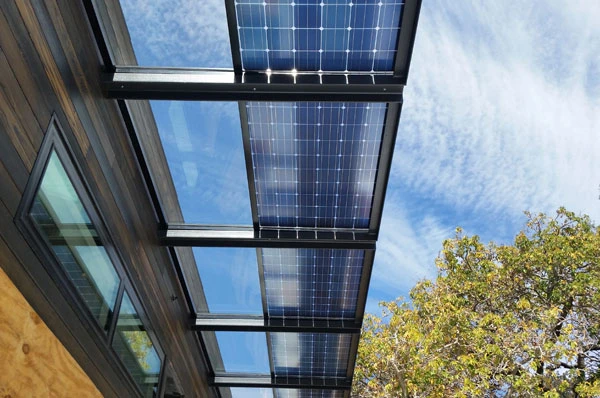photovoltaic panels
The Rise of Photovoltaic Panels Harnessing Solar Energy for a Sustainable Future
In recent years, the urgency to address climate change and reduce reliance on fossil fuels has propelled the adoption of renewable energy sources worldwide. Among these, photovoltaic (PV) panels have emerged as one of the most viable and accessible solutions for harnessing solar energy. This technology, which converts sunlight directly into electricity, not only contributes to energy independence but also plays a crucial role in mitigating environmental impacts.
Understanding Photovoltaic Panels
Photovoltaic panels consist of many solar cells made from semiconductor materials, typically silicon, that generate electricity when exposed to sunlight. When light photons strike the semiconductor, they knock electrons loose, creating an electric current. This process can be optimized through various technologies, including monocrystalline, polycrystalline, and thin-film solar cells, each with its unique advantages and disadvantages regarding efficiency, cost, and space requirements.
The efficiency of PV panels has made significant strides over the past few decades. While early models converted less than 10% of solar energy into usable electricity, today’s high-performance panels can achieve efficiencies exceeding 20%. This remarkable progression, driven by research and innovation, has made solar energy more competitive with traditional energy sources.
Economic and Environmental Benefits
The economic benefits of adopting photovoltaic technology are multifaceted. Homeowners can significantly reduce their electricity bills by installing PV systems, often resulting in a return on investment within five to ten years. Moreover, as technology advances and production scales increase, the cost of PV panels has plummeted, making solar energy accessible to a broader segment of society.
On a larger scale, utility-scale solar farms play a pivotal role in diversifying energy portfolios and providing stable electricity to communities. As countries strive to meet their carbon reduction goals, integrating solar power into national grids has become a cornerstone of energy policy. By investing in photovoltaic infrastructure, nations are not only creating jobs in manufacturing, installation, and maintenance but also fostering local economic growth.
photovoltaic panels

From an environmental standpoint, the shift to solar energy helps reduce greenhouse gas emissions significantly. Unlike fossil fuels, which emit carbon dioxide and other harmful pollutants when burned, photovoltaic panels generate clean energy without any direct emissions. This transition is vital in the fight against climate change, as the energy sector is one of the largest contributors to global warming.
Challenges and Future Prospects
Despite the numerous advantages of photovoltaic panels, several challenges remain. One primary concern is the intermittency of solar energy; energy production can vary based on weather conditions and time of day. However, advancements in energy storage technologies, such as lithium-ion batteries and other innovative storage solutions, are gradually overcoming these obstacles, allowing for energy to be saved for use during non-sunny periods.
Furthermore, the environmental impact of manufacturing and disposing of solar panels necessitates careful consideration. Efforts are underway to improve recycling methods and reduce the ecological footprint of production processes. As the industry matures, implementing sustainable practices will be essential for long-term viability.
The future of photovoltaic panels looks promising. Research into next-generation solar technologies, such as perovskite solar cells and BIPV (building-integrated photovoltaics), could further enhance efficiency and adaptability. With continued investment and policy support, solar energy could become a dominant power source globally, transforming rooftops, buildings, and landscapes into efficient energy producers.
Conclusion
Photovoltaic panels have positioned themselves as a beacon of hope in our pursuit of a sustainable future. As technology advances and awareness grows, the potential for solar energy to lead us toward a cleaner, more resilient world is immense. By embracing this renewable resource, we can alleviate the burdens of climate change, stimulate economic growth, and ultimately create a more sustainable and equitable energy landscape for future generations. The journey towards this solar revolution is not just an environmental imperative; it is an opportunity for innovation and positive change on a global scale.
-
Unlocking Energy Freedom with the Off Grid Solar InverterNewsJun.06,2025
-
Unlock More Solar Power with a High-Efficiency Bifacial Solar PanelNewsJun.06,2025
-
Power Your Future with High-Efficiency Monocrystalline Solar PanelsNewsJun.06,2025
-
Next-Gen Solar Power Starts with Micro Solar InvertersNewsJun.06,2025
-
Harnessing Peak Efficiency with the On Grid Solar InverterNewsJun.06,2025
-
Discover Unmatched Efficiency with the Latest String Solar InverterNewsJun.06,2025







